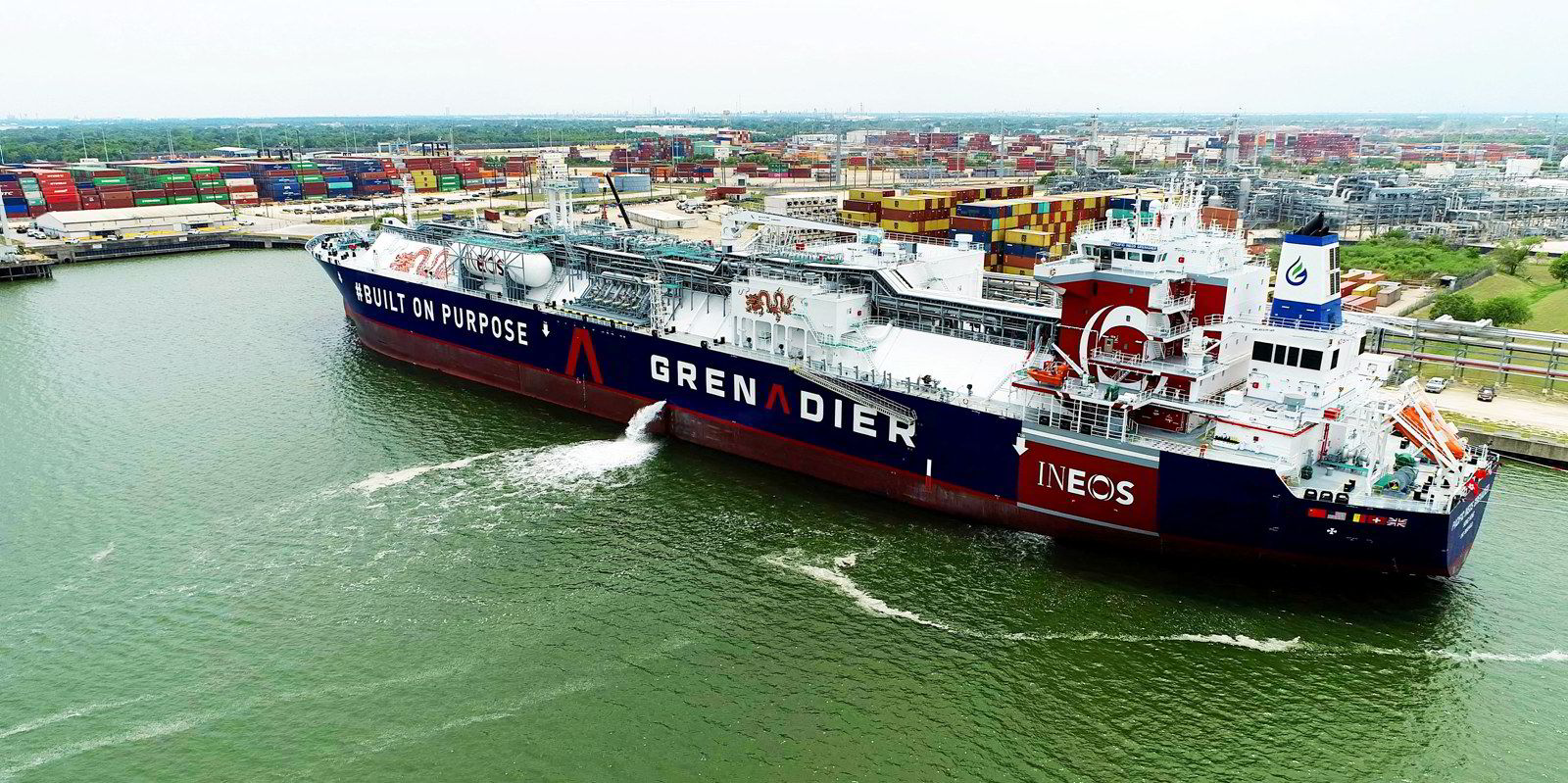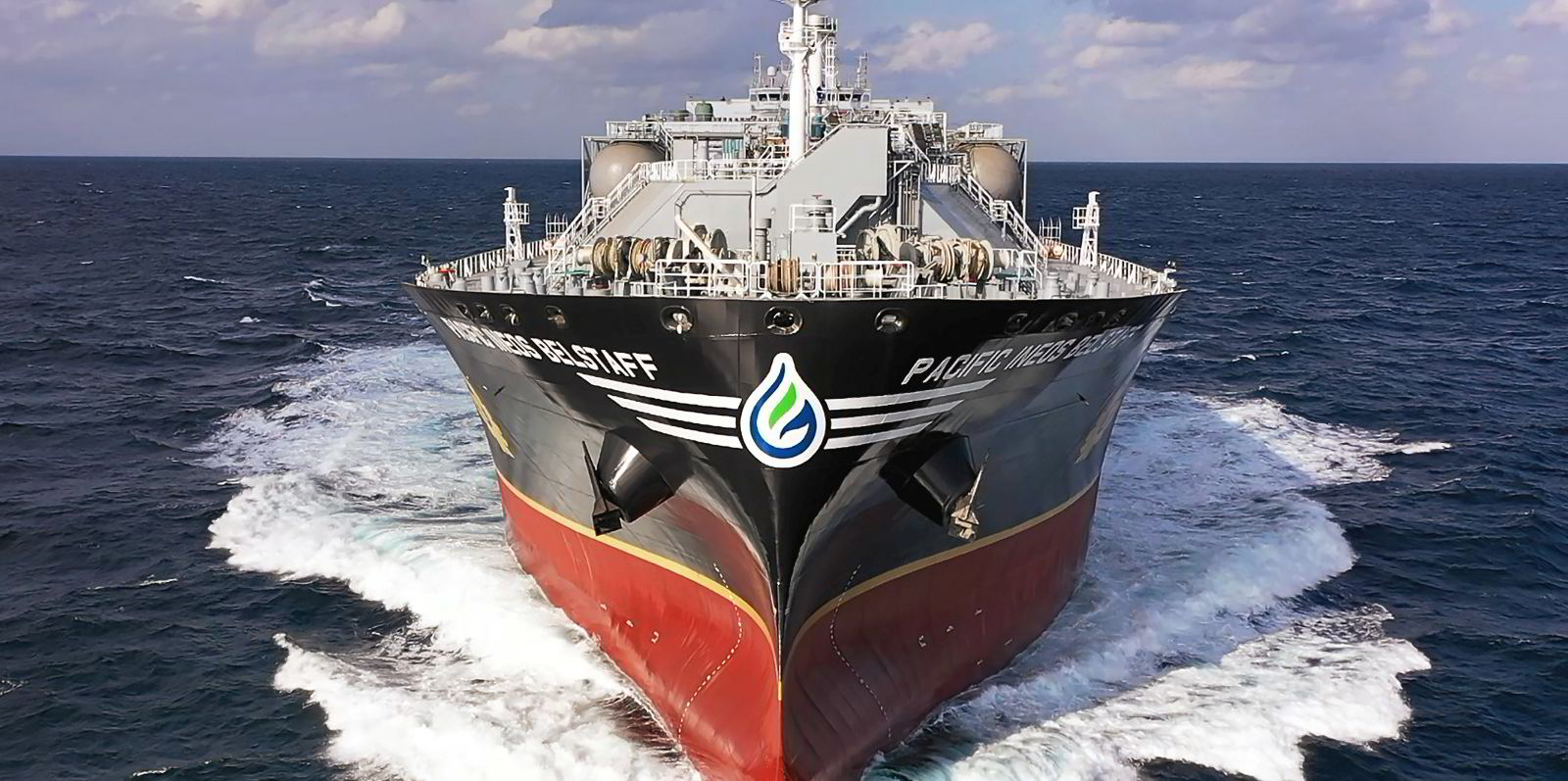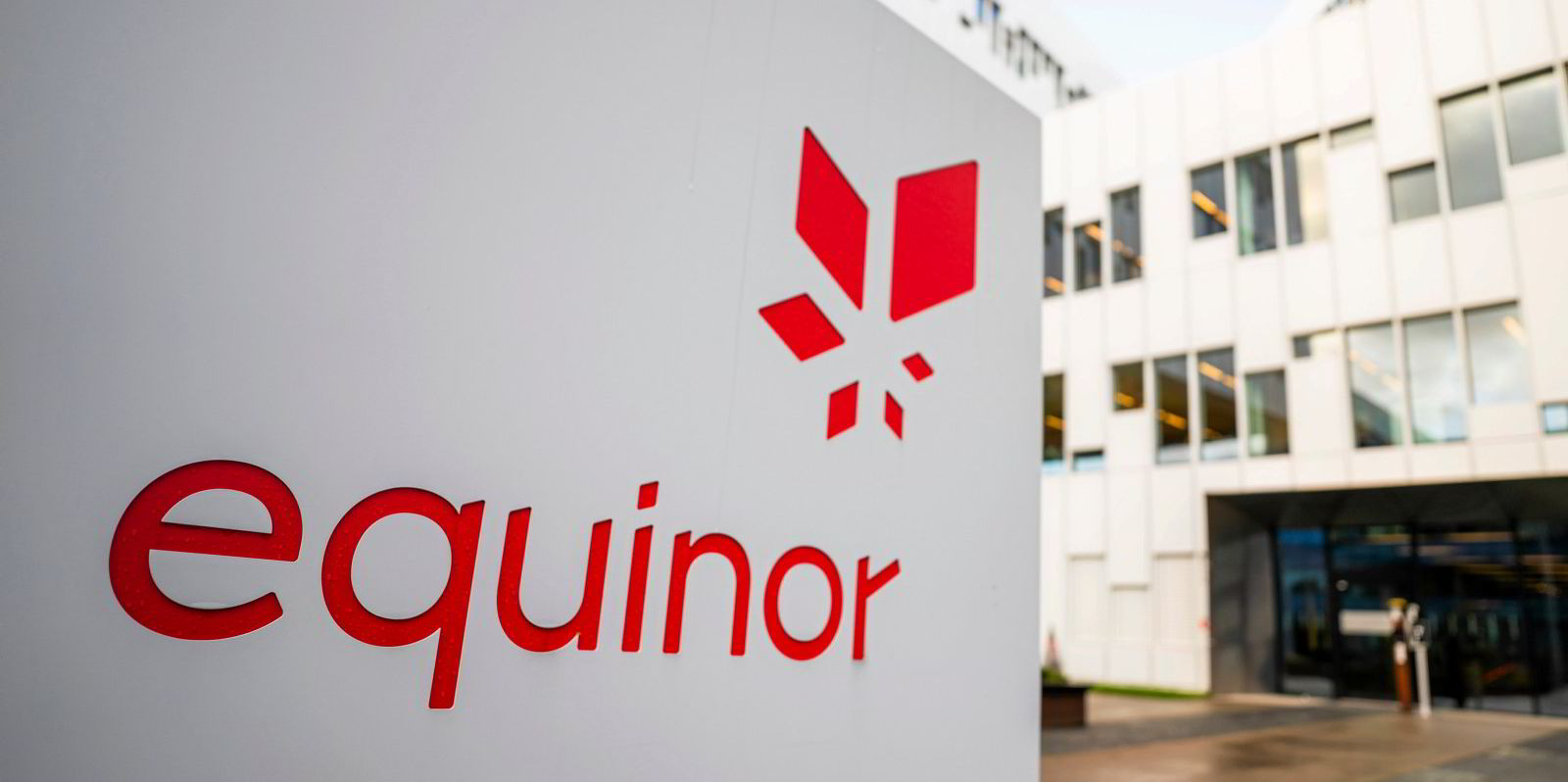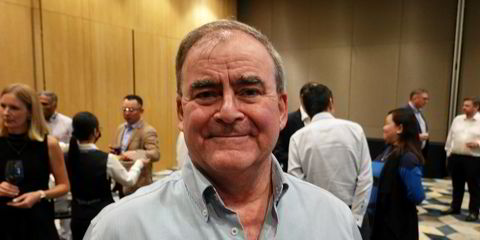Chemicals giant Ineos is assessing offers it has received for two LNG carrier newbuildings as it joins the ranks of charterers trying to pin down tonnage for future cargo volumes to be shipped into Europe.
Ineos Energy Trading went out to tender for the vessels and requested offers to be made on them by 7 October.
It specified that the vessels are required for delivery dates in the second half of 2026.
Clarification meetings are due to be held with shipowners next month.
Charter contracts on the pair are scheduled to be signed by the end of next February.
Shipbroker Howe Robinson Partners is understood to be handling the process to acquire the two vessels for charter.
It is unclear as yet how many bids Ineos netted as a result of its tender.
Several shipowners said they were unable to offer in on the business due to the difficulty in obtaining yard slots that would fit with the delivery dates Ineos is seeking.
South Korean and Chinese shipbuilders are almost sold out of slots for 2026, with independent owners and projects queuing for any remaining berths. Yards in South Korea have yet to open their 2027 LNG carrier order positions.
Brokers pointed out that in addition, the market is already exceptionally tight for existing tonnage into 2023, with demand for vessels set to remain firm beyond this.
The business for Ineos dovetails with a tender floated by Norwegian company Equinor that is also seeking one LNG vessel for delivery in 2026, along with an earlier ship for 2023 handover.
A handful of shipowners, including Capital Gas, Eastern Pacific Shipping, Maran Gas Maritime and GasLog, are among those sitting on some LNG carrier newbuildings which, as yet, are not thought to have any firm employment.
Ineos Energy Trading told prospective bidders that it needs the tonnage to ship LNG from the US to Europe.
In June, Ineos Energy signed up to buy 1.4 million tonnes per annum of LNG from Sempra Energy in the US over 20 years. The volumes will be supplied from either Sempra’s Cameron LNG Phase 2 in Louisiana or its planned Port Arthur LNG Phase 1 project in Texas.
It was Ineos’ first LNG purchase deal, and followed its earlier move into the ethane trades, again with US volumes, and specialist shipping to lift its cargoes.
At the time, the company said it will sell its LNG in the global markets, as well as using it to supply its own industrial needs in Europe.
“The agreement comes at a critical time for energy markets and will provide much-needed security of supply,” it said. “Long-term supply from Ineos Energy will help alleviate the structural energy issues in Europe.”






